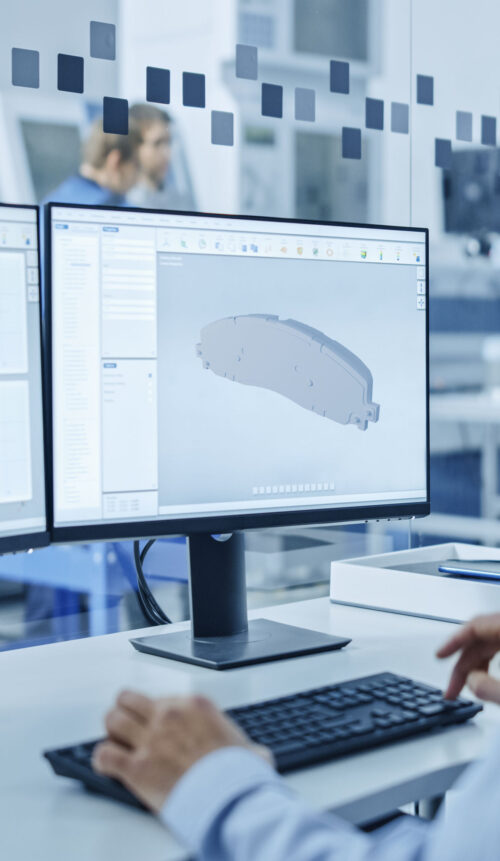Abstract: Friction materials play a key role in the performance of automotive braking systems. The recent shift in demand towards smaller, lighter, and more fuel-efficient vehicles poses a significant challenge for friction material development. This article provides an overview of the challenges and opportunities in the development of friction materials for automotive brakes.
Introduction: Friction materials are critical components of automotive braking systems, which are designed to provide safe and reliable stopping performance in a wide range of driving conditions. As automotive technology continues to advance, friction material development faces new challenges and opportunities. These challenges include increasing demand for smaller, lighter, and more fuel-efficient vehicles, as well as the need to meet increasingly stringent safety and environmental regulations. At the same time, advancements in materials science and manufacturing processes offer new opportunities to improve the performance and durability of friction materials.
Friction Material Development Challenges: One of the primary challenges facing friction material developers is the need to balance the conflicting requirements of stopping performance, durability, and environmental impact. As vehicles become lighter and more fuel-efficient, the weight and size of the braking system must also be reduced, which places greater demands on the friction material. At the same time, friction materials must be durable enough to withstand the high temperatures and pressures generated during braking, while also minimizing wear and dust generation. In addition, friction materials must meet increasingly stringent environmental regulations, such as limits on copper and other hazardous materials.
Opportunities in Friction Material Development: Despite these challenges, there are several opportunities for friction material development. One such opportunity is the use of advanced materials, such as carbon fiber and ceramic composites, which offer superior performance and durability compared to traditional friction materials. These materials also have the potential to reduce weight and dust generation, and to improve thermal stability and fade resistance.
Another opportunity is the use of advanced manufacturing processes, such as laser cutting and 3D printing, which offer greater precision and flexibility in the production of friction materials. These processes also have the potential to reduce waste and improve consistency and quality.
Conclusion: Friction material development is a critical area of research for the automotive industry, as it directly impacts the safety, performance, and environmental impact of braking systems. While the challenges facing friction material development are significant, there are also several opportunities for improvement through the use of advanced materials and manufacturing processes. As automotive technology continues to evolve, it is likely that the development of new friction materials will play an increasingly important role in shaping the future of braking systems.
This article is extracted from SAE International, Link:https://www.sae.org/publications/technical-papers/content/2015-01-2676/

